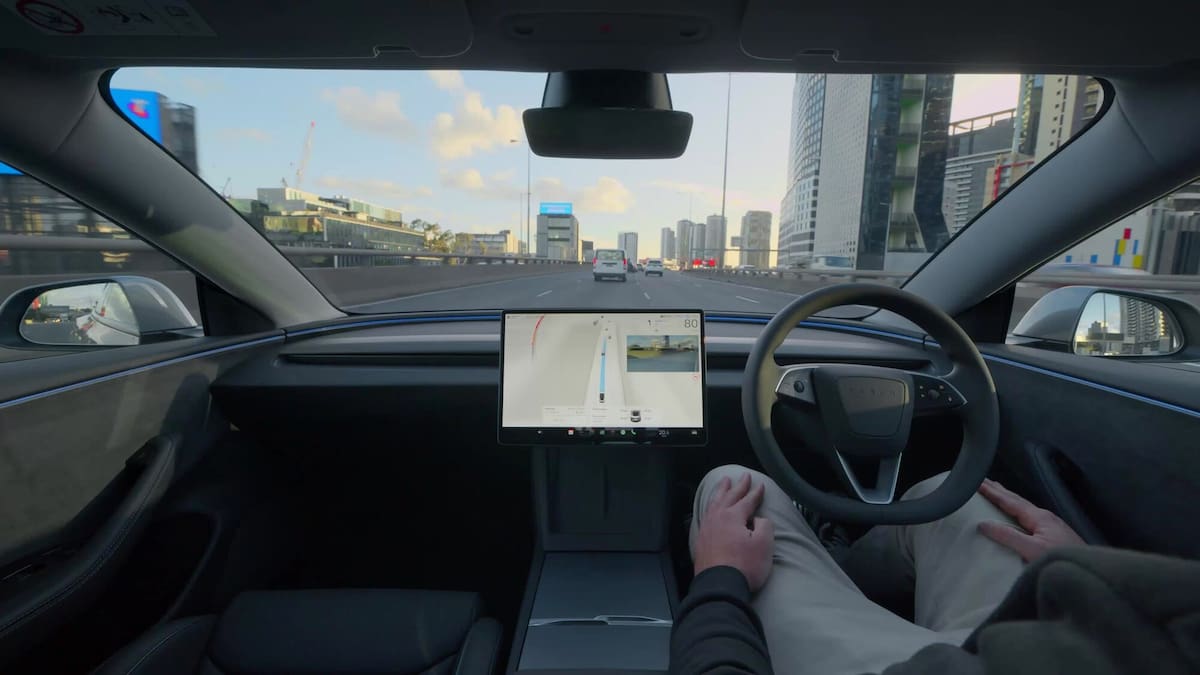Aventuur aims to open Surf Park in the summer of 2026/2027.
The amount of power required for data centres is emerging as a worldwide power gird pressure issue, with a boom caused by the rise of cloud computing now compounded by a fresh wave of construction fuelled by the need for even more facilities – each housing tens of thousands of computer servers – to feed AI systems.
“Hyperscale” data centres are described by the amount of power they consume at peak capacity.
Spark says the first stage of its Surf Park facility will use 10 megawatts. Over time, it will be scaled up to a 40MW facility as part of a broader plan to quadruple the telco’s data centre capacity. This will potentially give it a total of 90MW capacity, putting it toe-to-toe with half Infratil-owned CDC, and new facilities being built in northwest Auckland by Amazon, Microsoft and others (with big tech, telcos and CDC it always a balance, with the firms partnering in some contexts).

Spark says the 7ha solar farm – which will be built and run by a yet-to-be-named third-party – will generate 5MW, and the telco does not have exclusive access to its output.
“The solar farm will power part of the data centre’s demand, but we expect to consume a significant portion of the total electricity demand from the grid,” a Spark spokeswoman said.
But the cavalry is on the way. Spark recently signed a 10-year deal to purchase all of the electricity generated by Genesis’ first solar farm – a 63MW installation under construction at a 93ha site in Lauriston, Canterbury.
Energy provided to Spark from the solar farm will account for about 60 per cent of the telco’s annual electricity requirements, with the remaining 40 per cent continuing to be sourced by Genesis from the grid as occurs today under a broader, decade-long Spark-Genesis contract.
Spark would not comment on the cost of the Surf Park data centre but said the stage one cost was accommodated in its existing capex.
For the Surf Park data centre, “Construction will be timed to customer contracts, and there is further design and other work required before construction can begin. But we expect initial siteworks are likely to commence soon. Generally, data centre capacity can be brought online for customers within around 18 months of construction commencing. The development will be staged with final completion subject to customer demand.”
Earlier, Spark chief executive Jolie Hodson said her firm’s data centre revenue rose 18.5% to $38 million last year on the back of a 10MW upgrade to the telco’s Takanini facility (which took its total data centre capacity to 22MW).
A dividend cut would be ‘justified’
Spark shares were up 0.12 per cent to $4.55 in midday trading. The stock is down 20.5 per cent over the past 12 months. In a June 25 research note, in it upgraded Spark to overweight from neutral, but downgraded its 12-month target price from $5.03 to $4.67, Jarden said “More visibility on plans for data centre investment could be a positive catalyst” when the telco delivers its full-year result. With the capex development and data centre investment, “a dividend cut may be justified,” Jarden analysts Arie Dekker and Grant Lowe said. (With its half-year result, delivered in February, Spark reaffirmed its full-year dividend guidance of 27.5cps, which remained unchanged as it reduced its operating earnings guidance in May.)
Pressure builds
In early 2023, Vector chief executive Simon Mackenzie told the Herald that hyperscale data centres under construction at the time would, as they came online in staged developments, collectively consume 200MW. For context, average demand in Auckland today is about 1700MW.
In updated comments last week, Vector told the Herald, “Based on the data centres already connected, and confirmed plans agreed with us in coming years, we could see the total capacity required for data centres reach around 500MW over the next five years.”
The company is also seeing a lot of growth driven by other factors, including electric cars, buses and ferries, as well as continuing commercial and residential development.
Last week, NZX-listed Infratil raised $1 billion to expand its CDC data centre business across Australia and NZ. CDC already has hyperscale data centres up and running in Hobsonville and Silverdale, with expansion planned. Microsoft has a giant data centre at Westgate near completion, while next door an Amazon Web Services (AWS) effort is currently stalled by drainage issues. Other projects include a 5.8ha site in Albany, where data centre builder and operator DCI will host servers for various Big Tech players, plus a GCSB data centre being built on Whenuapai airbase land.
The data centre builders are helping to fund new generation. Beyond Spark’s solar bulk buy with Genesis, other contracts include the AWS deal to buy 50% of the output from Mercury’s new 103MW Turitea South wind farm near Palmerston North and Microsoft’s deal with Genesis-owned Ecotricity to supply 100% renewable power.
Transpower executive general manager grid development John Clarke last week told the Herald that some 14.2 gigawatts of new renewable generation projects were in the pipeline at the investigation or delivery stages of development.
“With connection inquiries continuing to convert into committed projects, the country is on track to be able to supply our forecast of a 68% increase in electricity demand between 2020 and 2050,” he said.
Chris Keall is an Auckland-based member of the Herald’s business team. He joined the Herald in 2018 and is the technology editor and a senior business writer.






